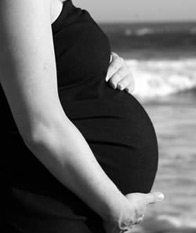 A new device silicone womb is being currently tested in Great Britain. It’s going to make in-vitro fertilization much more effective, than it has been before. The goal of the silicone womb is to develop stronger, more resilient embryos for eventual pregnancy. The silicone womb holds test-tube embryos, which are currently developed in an incubator, inside the womb to expose them to more natural conditions. It allows them to be implanted inside the mother for up to four days. During this time they are exposed to the uterus through 360 holes each around 40-micron across.
A new device silicone womb is being currently tested in Great Britain. It’s going to make in-vitro fertilization much more effective, than it has been before. The goal of the silicone womb is to develop stronger, more resilient embryos for eventual pregnancy. The silicone womb holds test-tube embryos, which are currently developed in an incubator, inside the womb to expose them to more natural conditions. It allows them to be implanted inside the mother for up to four days. During this time they are exposed to the uterus through 360 holes each around 40-micron across.
The silicone womb allows embryos created in the lab to be incubated inside a perforated silicon container, which is inserted into a woman‘s own womb. After 2-3 days the capsule is recovered and some embryos are selected for implantation in the womb.
Some researchers still doubt, that it will work at all, as the embryos will be located in the uterus and they would develop more naturally in the fallopian tubes. It’s to hope, that the environment inside the uterus will effectively substitute them. Anyway, 40 women have been recruited for the trial and we’re expecting for the results in some time.










